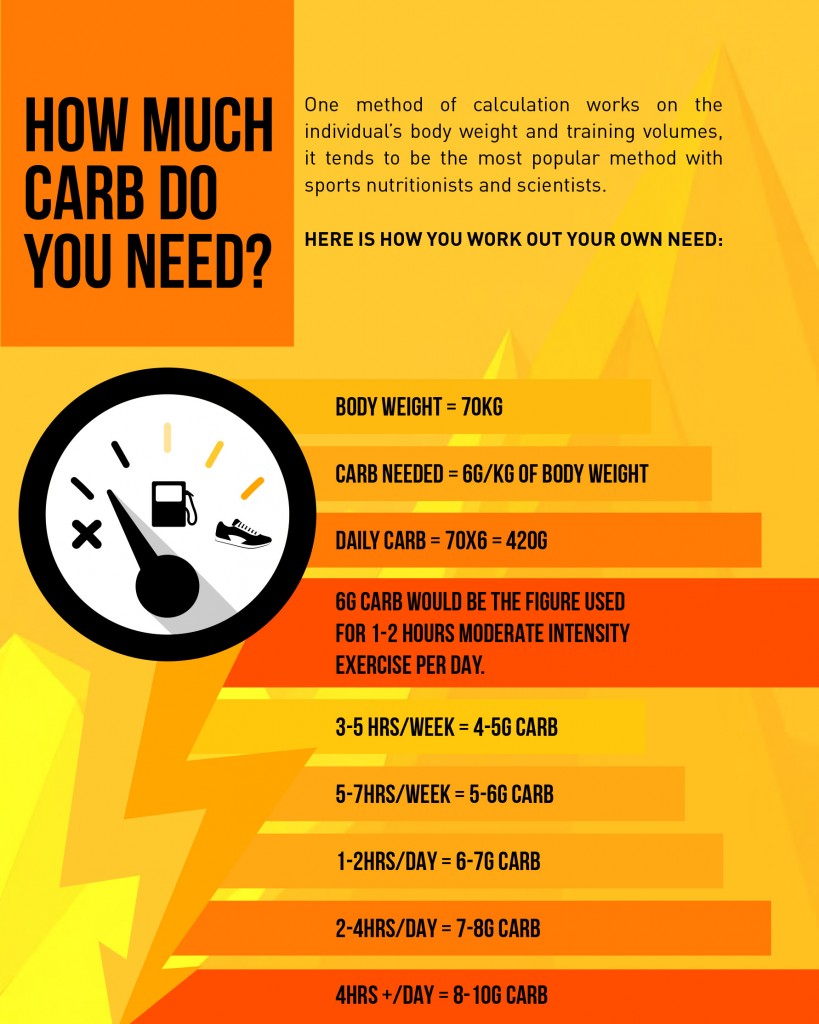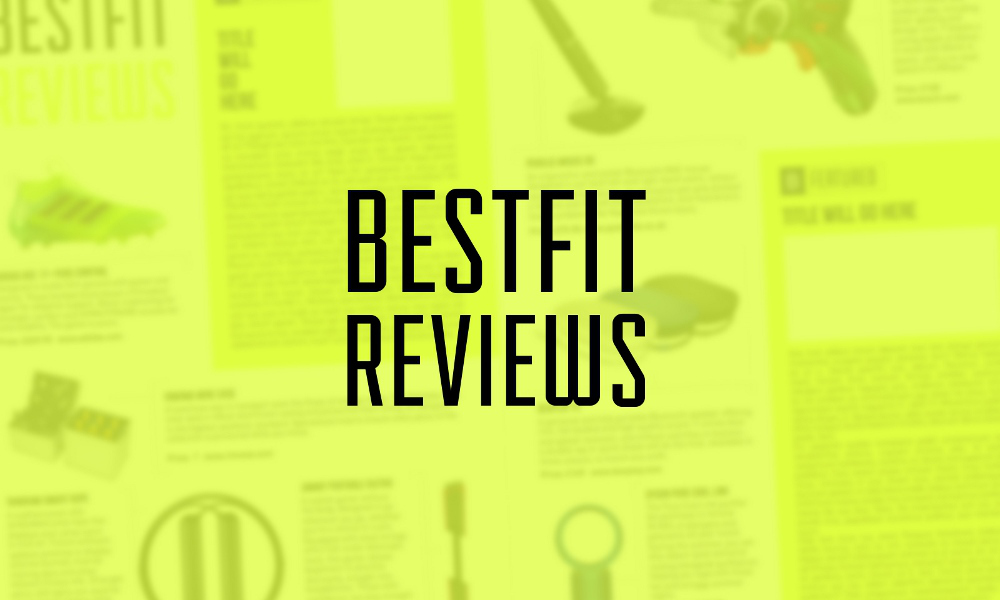Issue 11 – Running Fuel
Share
 With so many running events in the spring and summer you’ll be well into your training. we assume you’ve already got your diet and training programme sorted, but what are you planning mid-race and for your post-event feed?
With so many running events in the spring and summer you’ll be well into your training. we assume you’ve already got your diet and training programme sorted, but what are you planning mid-race and for your post-event feed?
Any kind of endurance event, whether a 10k, half or full marathon – basically anything that lasts longer than 90 minutes – will primarily use your aerobic energy system. The main storage fuels used are muscle glycogen, liver glycogen, blood glucose, intra-muscular fat and adipose tissue. During any aerobic exercise of this moderation, intensity and duration, when the muscle glycogen store is depleted, it is akin to a car running out of petrol.
Liver glycogen can help maintain blood glucose levels and a supply of carbohydrate to the exercising muscles, however, these stores are likely to exhaust and fatigue will eventually develop as a result of the liver and muscle depletion and hypoglycaemia. The body will switch to aerobic lipolytic system where fat can supply be utilised. However, you will not be able to do this indefinitely as you cannot convert the fat fast enough to keep up with demand; slowing your pace will not be an effective solution.
“when the muscle glycogen store is depleted, it is akin to a car running out of petrol”
So how can you delay this fatigue?
The amount of glycogen stored in your muscles and liver before an event will have a direct effect on your performance. Consequently, the greater your pre-exercise store the longer you can maintain your exercise and delay fatigue. Pacing yourself, gradually building up to your optimum intensity may help in the build-up.
Carbs are definitely a necessary fuel; if you fail to eat enough your glycogen stores will be depleted. Of course, you must take into account that each type of carbohydrate can produce a differing response in the body.
Bergstrom et al in 1967 correlated that high carbs provided a considerably longer output than low carbs without distinguishing the source. Most research since 1939 has focused on carb use,however, research into high fat use highlights it may have a role enhancing the muscles’ ability to convert and use stored fat. The importance for sports is how rapidly the carb is absorbed from the small intestine into your bloodstream. The faster the transfer, the faster the carbohydrate can be taken up by muscle cells, making a difference to your training and event performance and recovery.
The Glycaemic Index (GI) concept, whilst developed initially to help diabetics to control their blood sugar, may be of help to you in this instance. In short, the higher the GI the higher the blood sugar levels are after eating that food. Baked potatoes and white rice produce a blood sugar rise akin to that of pure glucose, which can be advantageous in certain training methods. Do not presume that high numbers are always a bad thing. Remember, GI values do not take into account portion size or overall energy value (Kcal) in the meal. There is no need to cut out high GI foods, eat them in smaller amounts or with protein and/or a little fat. This will evoke lower insulin levels.
Pasta used to be the go-to pre-event meal. Tuna pasta bake would fit the rule above, but thinking on pre-event meals appears to be shifting. Prior to a Three Peaks challenge last year I included chicken fillet, avocado and white sweet potato in my energy-loading meal. Protein, fats and carbs. I then ate two to three hours before I the event the morning after. I had quinoa and amaranth porridge with maca powder and dried apricots. I also carried snacks of energy bars and coconut water during the event.
During an endurance event raisins, energy gels and bars, bananas and coconut water are all useful. However, if you are running in the marathon you need items that are easy to carry. The popular item seems to be Jelly Babies or energy gels. Stick to what you know but also leave room for manipulation and reactivity during the event. Circumstances occasionally will call for it.
Carbs are classified by chemical construct, very simply – simple (sugars) and complex – (starches and fibres). These classifications can be sub-divided. Many foods contain a mix of both simple and complex carbs, which makes them difficult to categorise. A banana contains sugar and starch in different ratios depending upon ripeness.






















FOLLOW BESTFIT